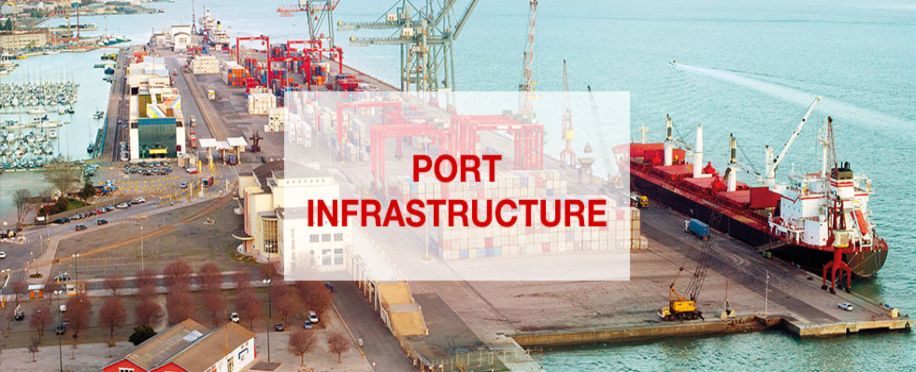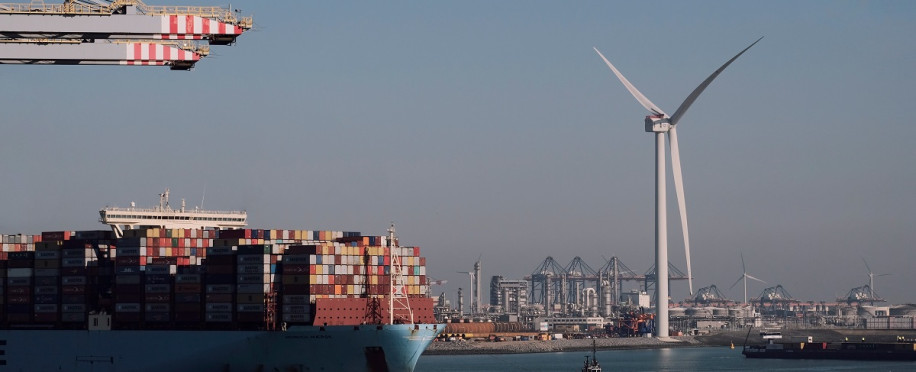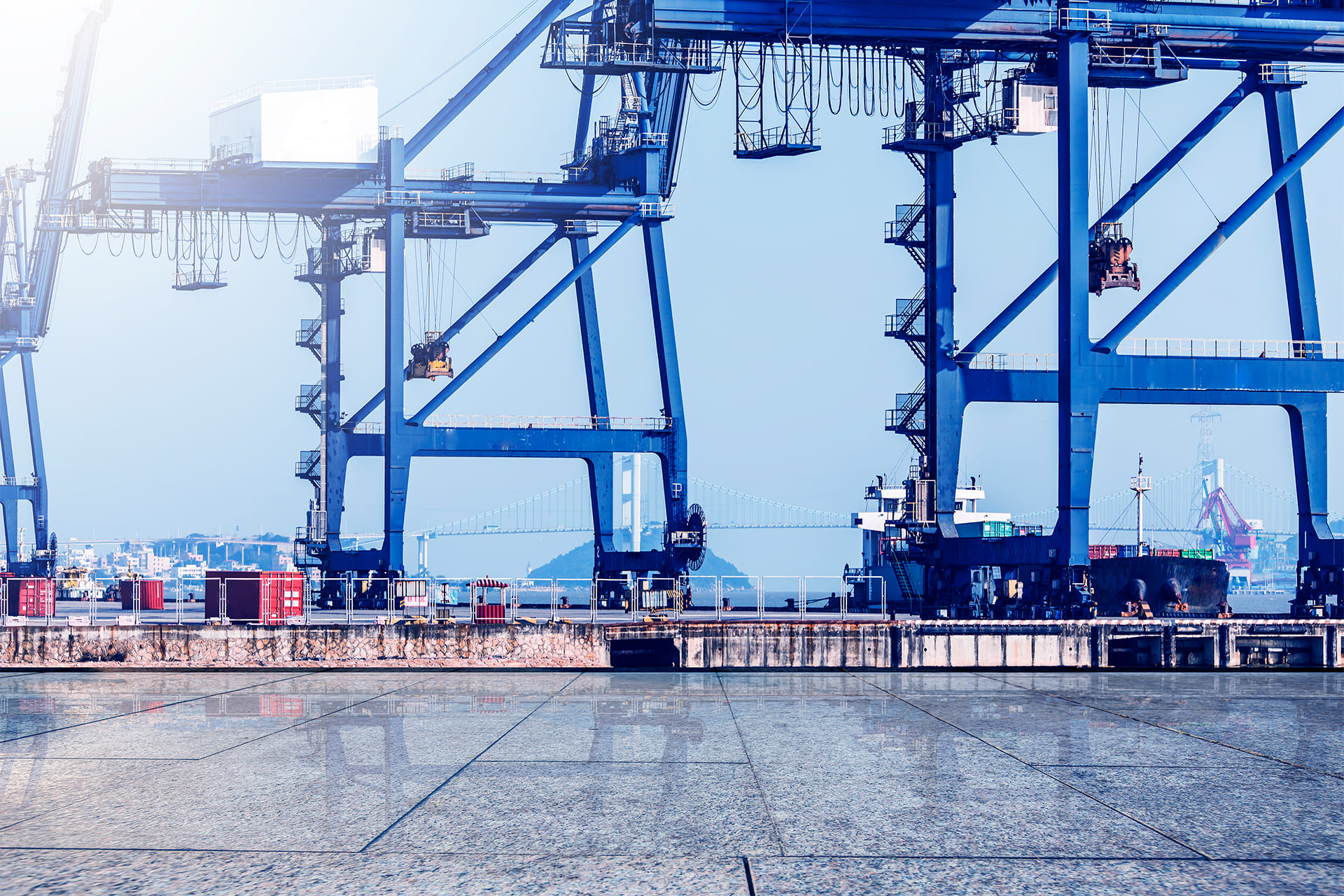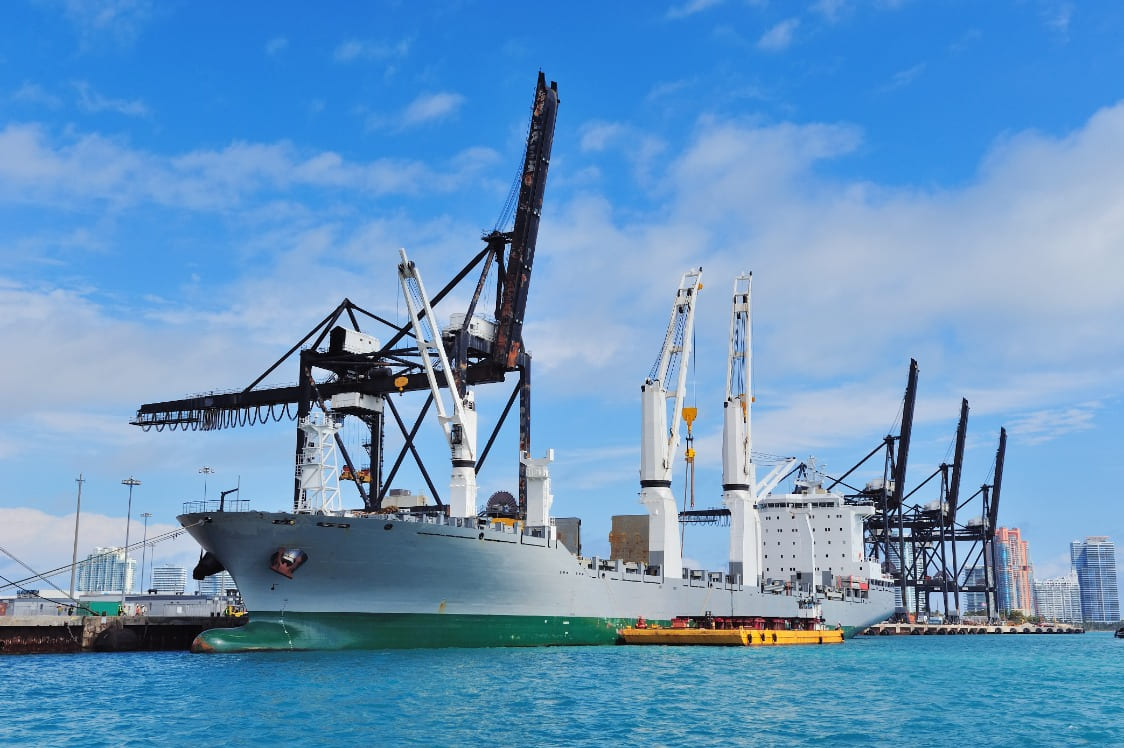Five Years Later: How Incoterms 2020 Are Holding Up in Today’s Supply Chains
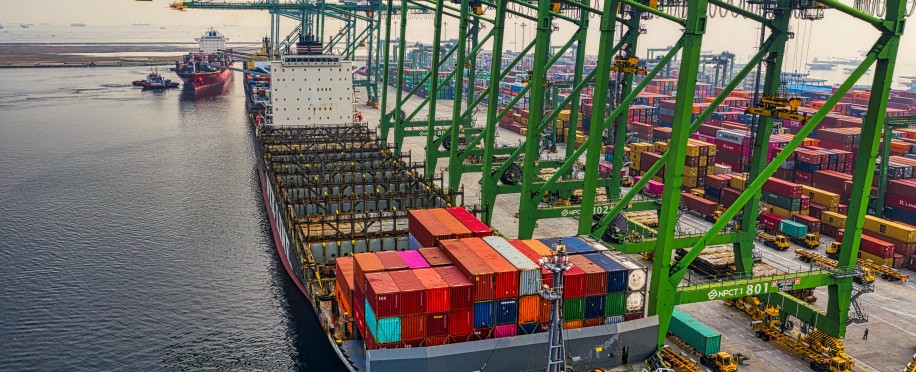
Posted on Apr 19, 2025 at 09:04 PM
When the International Chamber of Commerce (ICC) rolled out Incoterms 2020 in January of that year, supply chains were already globally shifting. A few months later, the world changed. Amid pandemics, port delays, and rising freight costs, these internationally recognised trade terms were put to the test.
Now, five years on, businesses are asking: Did these standardized rules hold up? Are they still fit for today’s fragmented, digitally driven commerce environment? In this guide, we will explore how Incoterms 2020 work in practice and what they mean for both buyers and sellers.
Evaluating the Strength of Incoterms 2020 Today
Does this set of defined trading rules work for today's conditions? That's the main question that defines whether Intercoms 2020 should be recognized or revised. Let's take a closer look:
Key Strengths and Practical Value
One of the core strengths of Incoterms 2020 is its ability to define who is responsible for what during an international transaction. From EXW (Ex Works) to DDP (Delivered Duty Paid), each term clarifies where risk transfers and which party bears the costs, insurance, and delivery obligations.
The update also addressed specific grey areas. For example, the change from DAT (Delivered at Terminal) to DPU (Delivered at Place Unloaded) eliminated common misunderstandings about unloading responsibilities. The update also offered guidelines for using own vehicles under FCA, and split out CIP and CIF to reflect different insurance coverage expectations.
Another strength? They remain standardised across borders. That means no matter whether the exporter is in Shenzhen or the importer is in Rotterdam, the comprehensive terms apply equally for every destination. This makes them one of the most authoritative tools for reducing disputes and aligning on contractual agreements.
Persistent Challenges and Misunderstandings
Despite these advantages, Incoterms 2020 still aren’t a silver bullet. Many traders struggle to correctly match the term to the mode of transport, especially when shifting between inland, waterway, and sea shipment.
One common issue? Misuse of FOB (Free On Board) in domestic transactions. Though widely used, it was originally designed for shipments crossing oceans. Using FOB for truck-based delivery within the same country introduces legal ambiguity.
Also, many still fail to apply the terms correctly in sales contracts, either by omitting critical details or assuming obligations not outlined in the rule itself. This is where maritime professional training remains an essential bridge to ensure logistics personnel can interpret and use the Incoterms language accurately.
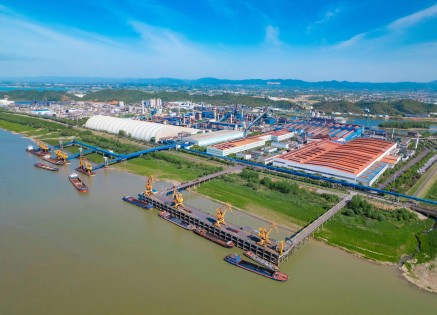
Applying Incoterms 2020 in a Post-2020 World
Should intercoms 2020 be the forever standard? Or will there be something more suited for our new and improved ship-world?
Real Use Cases and Business Takeaways
In recent years, companies navigating unpredictable global disruptions have leaned into the clarity Incoterms 2020 offers. A buyer using CPT (Carriage Paid To) now clearly knows when the seller delivers to the carrier, and at what point the risk transfers. This single definition can mean the difference between smooth clearance and weeks of delays.
Some businesses have even created internal charts or reference guides to better educate their teams. A series of updated SOPs now exists within many multinational firms to ensure that sales, procurement, and legal all use the same terms.
And in practice? One European retailer restructured all its contracts with Asian manufacturers to align with DAP (Delivered at Place), avoiding hidden costs at customs and reducing their dispute rate by over 30%.
Are Updates on the Horizon?
Though the ICC's current focus remains on awareness, the expert opinion remains divided; some experts speculate that another revision may not be far off. As AI's influence in drafting contracts grows, and digital trade platforms push for automation, there's growing pressure to further standardise the language and integrate real-time vessel data into maritime commerce workflows.
As always, the ICCWBO will take input from industry bodies, logistics firms, and legal experts before any changes are published. For now, businesses should continue to learn, manage, and audit how Incoterms 2020 are applied across every delivery and shipment.
Eventually: Building Stronger Trade Through Clearer Language
In a world that no longer tolerates ambiguity and words lost in interpretation, Incoterms 2020 still deliver on their promise: to provide a common, dependable framework for international trade. They may not be flawless, but they are foundational.
Every sale, every shipment, buyer's and seller's responsibility—clearly stated, cleanly executed. That’s the kind of predefined clarity all parties in the global economy need. And as business models evolve and new risks emerge, there's one truth supply chain leaders can count on: getting the terms right isn’t just best practice, it’s a competitive edge.
Whether you're negotiating from the buyer’s or seller’s perspective, or setting a new contract, the rules of Incoterms 2020 remain your most essential tool for protecting your bottom line.
